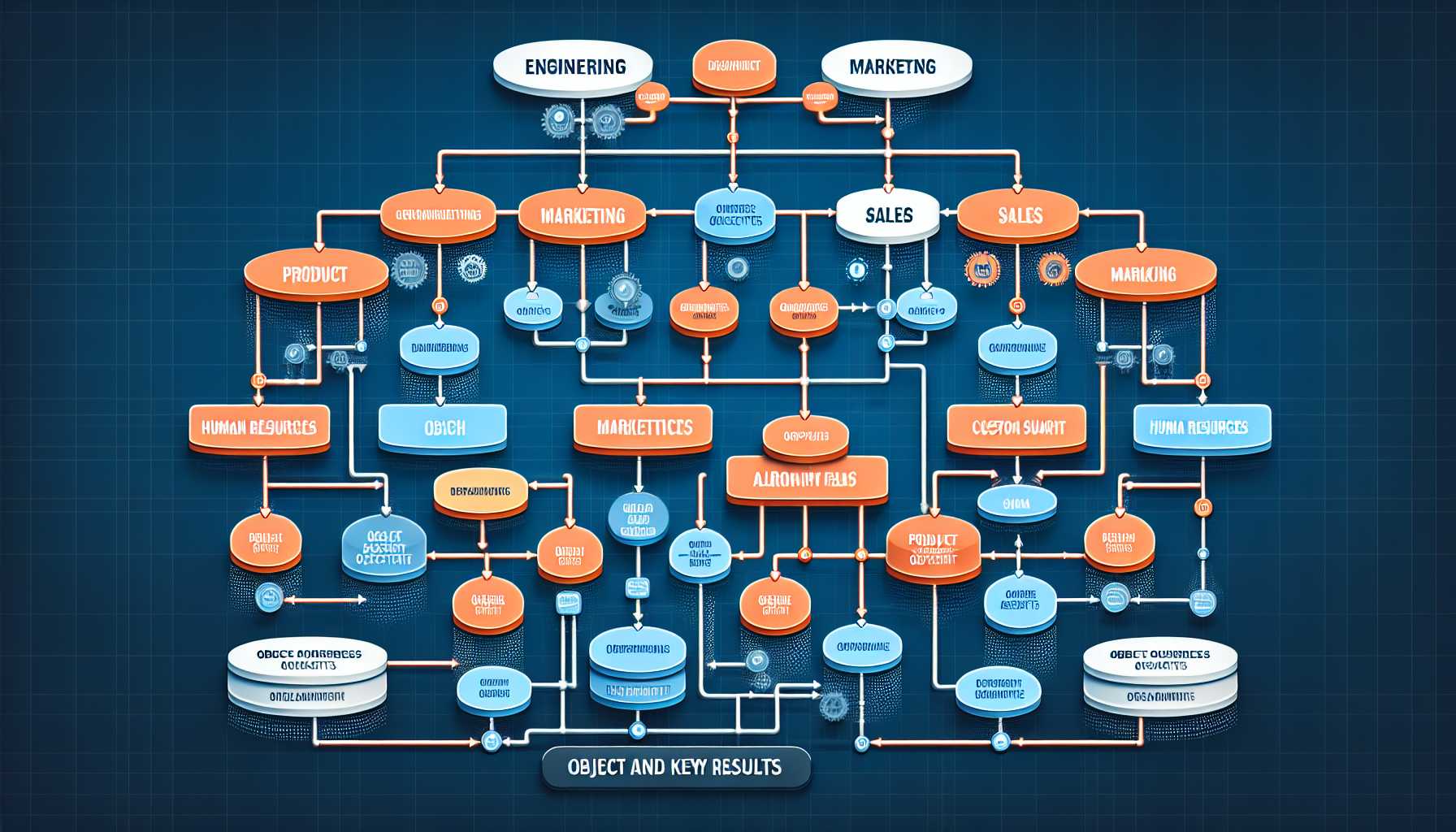Objectives and Key Results (OKRs): A Guide for Product Strategy
Introduction
Welcome back, seasoned product managers. Today, we delve into the world of Objectives and Key Results (OKRs), a framework that has gained traction for driving strategy in tech companies thanks to its focus on setting ambitious goals and tracking progress with tangible results. OKRs are not a panacea, however, and having implemented them across various stages of product development, I’ve witnessed both their transformative potential and their pitfalls firsthand.

Understanding OKRs
Before we dive into the nitty-gritty of the framework’s strengths and weaknesses, let’s briefly revisit the core principles of OKRs. The philosophy behind OKRs is to establish clear, measurable objectives aligned across the organization, with key results that act as stepping stones to achieving these objectives. By doing so, every team member understands the direction of the product and contributes meaningfully to its success.
Strengths of OKRs in Product Strategy
Alignment and Focus
One of the most significant strengths of using OKRs is creating alignment throughout the organization. During my tenure at a fast-growing SaaS company, I observed how OKRs brought different departments into a cohesive force, with everyone from engineering to marketing rowing in the same direction. By defining objectives at the company level and then cascading them down to individual teams and even team members, we ensured that each action was contributing to our larger goals.
Culture of Accountability
OKRs foster a culture of accountability by making key results measurable and transparent. When I worked with a cross-functional team on a new product launch, team members held each other accountable because our key results were visible to all stakeholders. This promoted a sense of ownership and a culture, where people were motivated to meet their commitments.
Agility and Adaptability
The quarterly cycle of setting and reviewing OKRs has advantages in promoting agility and adaptability. A case in point was a disruptive change in market conditions at a previous company, which made our product’s original value proposition less compelling. OKRs enabled us to pivot quickly, setting new objectives that responded to the change and realigning our resources to deliver new key results within the same quarter.
Weaknesses of OKRs in Product Strategy
Setting Overly Ambitious Goals
However, OKRs are not without their challenges. One common mistake is setting overly ambitious objectives without a realistic path to achieving them. I recall an instance where a team set a key result to triple user growth in a hyper-competitive market; the pressure led to shortcuts in the product development process, causing more problems than it solved.
Resource Allocation
Another weakness I’ve observed is the difficulty OKRs can pose in resource allocation. By focusing on specific key results, teams might neglect other important work, such as technical debt or user experience enhancements, which don’t fit neatly into an OKR framework but are critical for long-term product health. In one particular quarter, the relentless focus on a single key result led to the accumulation of technical debt that slowed us down significantly later.
Inflexibility
While OKRs promote adaptability, they can also result in inflexibility. On one occasion, the market shifted mid-quarter, and our key results no longer aligned with our customers’ immediate needs. However, because we were deeply invested in accomplishing our OKRs, we hesitated to adapt, ultimately resulting in missed opportunities. This taught us the hard lesson that OKRs should guide, not dictate, our actions.
Best Practices for Using OKRs
To mitigate these weaknesses, I’ve found a number of best practices useful:
- Regularly review and adjust OKRs to ensure they remain relevant and balanced against ongoing work.
- Set realistic stretch goals, but recognize the limits of your team and the uncertainty of the market.
- Encourage a culture that values learning from setbacks as much as celebrating achievements.
Conclusion
In conclusion, OKRs are a powerful tool for product strategy, fostering alignment, accountability, and agility. Yet they are not without their faults, potentially encouraging overly ambitious goals, skewed resource allocation, and inflexibility. Embracing OKRs with an understanding of these strengths and weaknesses, and a readiness to adapt best practices, is key to leveraging them effectively in your product strategy.
